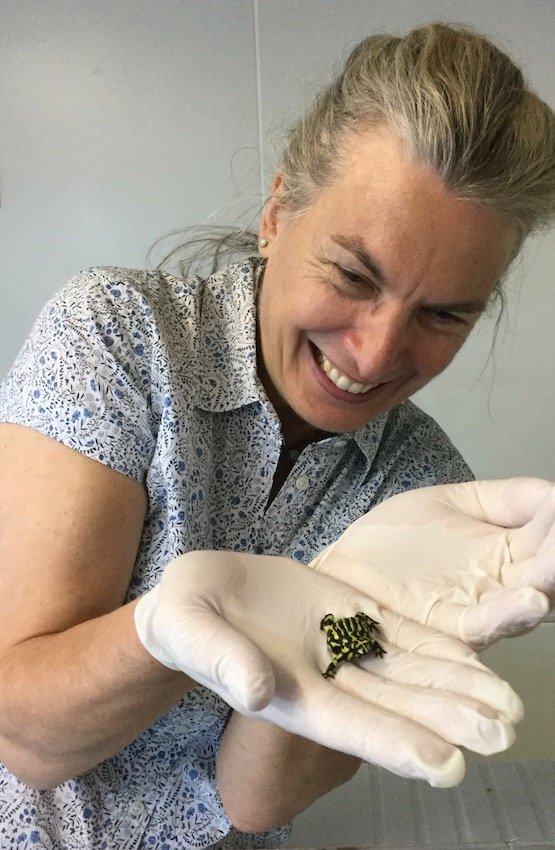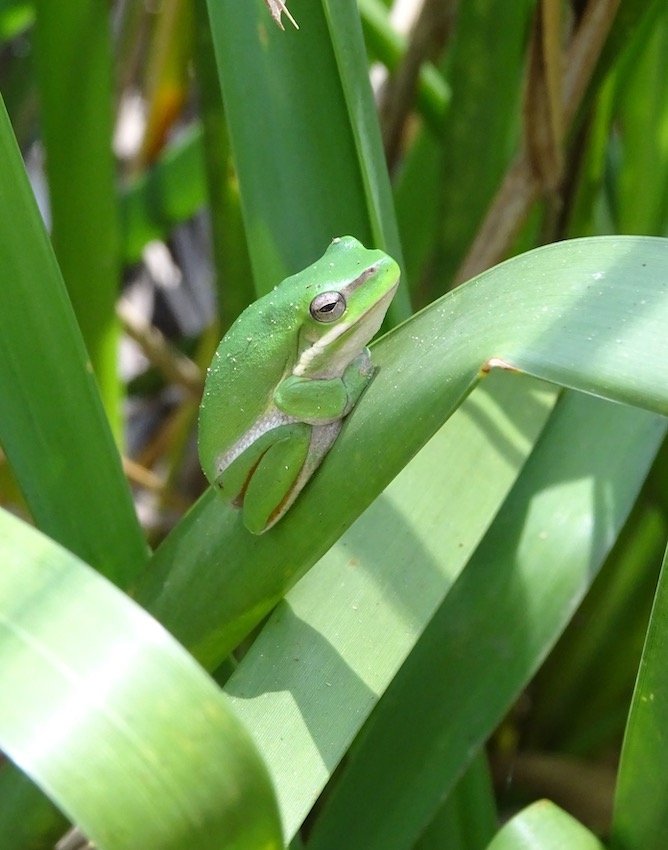
The Editors of Conservation Physiology, myself included, have just published a perspective paper which reviews how physiological tools have been applied within conservation frameworks and the contribution they can play in future. While the number of success stories is growing, the paper highlights some of the ways in which conservation physiology has the potential to contribute to major advances in protecting and restoring biodiversity. In particular, we considered how the physiology toolbox can be used to address the most pressing conservation issues (e.g. through addressing the Sustainable Development Goals and delivering science to support the United Nations Decade on Ecosystem Restoration).
To advance environmental management and ecosystem restoration, we need to ensure that
- the underlying science (including that generated by conservation physiology) is relevant,
- the accompanying messaging is straightforward, and
- it is accessible to end users.
Reframing conservation physiology to be more inclusive, integrative, relevant and forward-looking: reflections and a horizon scan. A perspective in Conservation Physiology




